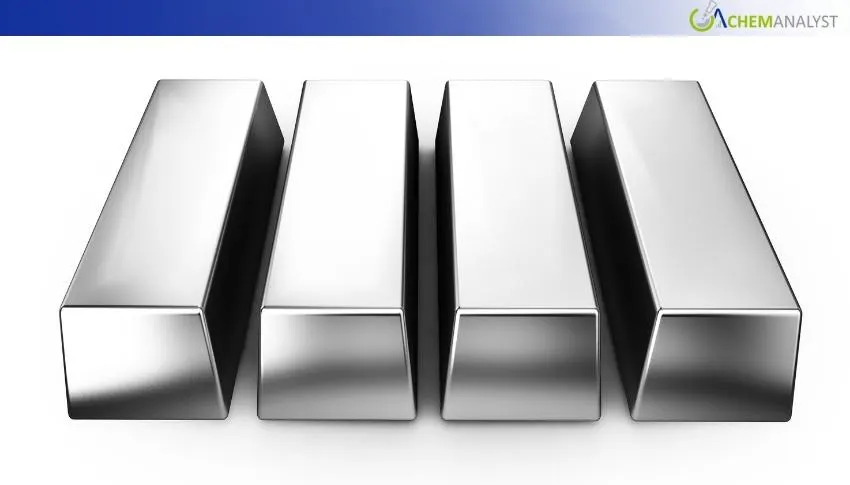Welcome To ChemAnalyst

China’s aluminium ingot market saw modest gains in mid-November, driven by tariff consensus, easing geopolitical risks, and resilient downstream demand, while raw material shifts, global supply constraints, and macroeconomic tailwinds continue to support elevated price levels.
In mid-November, the aluminium ingot market in China registered some gains due to support from the US–China agreement on tariff talks, easing geopolitical tensions in the Middle East, and firmer demand from downstream industries.
Raw material dynamics became the focal point of aluminium ingot production in October. Metallurgical-grade alumina output in China increased 2.4% on the month, while the country's total alumina capacity stood near 110.32 million mt. However, actual operating capacity slipped 0.92% MoM. Moving into November, alumina prices have moved lower under cost pressure, edging closer to the cost line. With tightening supply, the alumina market is expected to rise in prices.
By the week ended November 15, the prices of aluminium ingot went up by 0.6% on a week-on-week basis, further extending the broad upward trajectory of the prices despite the recent volatility. Throughout late October, the prices of aluminium ingots have significantly staged a strong rally, reaching fresh highs every week. All through this, the price momentum had been supported solidly by multiple tailwinds on the macro-economic front.
On the macro front, the Federal Reserve's 25-basis-point rate cut on October 30 alleviated global liquidity pressures, and market risk appetite improved. The US and China reached consensus on the same day to cut tariffs and reduce trade barriers. This ended worries about restrictions on exports and created a favourable environment for processing companies of aluminum to obtain new orders. Production cuts at an Icelandic aluminum plant and the potential shutdown risk at an Australian facility once again demonstrated limited supply elasticity of primary aluminum in the global market. Strong support for Chinese aluminum ingot prices therefore emerged from all these aspects combined.
Fundamentally, sentiment in the aluminium ingot market still finds support from overseas production cuts in Iceland and Mozambique, adding to supply tightness. In the domestic market, the transition from peak season into the off-season is in progress, although demand has failed to show significant weakness. Prices posted a modest recovery but remained lower compared with earlier levels. Purchasing interest was on the improve, with downstream companies increasing restocking and holders attempting to maintain premiums and discounts. The momentum of restocking of raw materials also once again pushed trading sentiment among central China aluminium ingot traders higher.
In the near term, domestic fundamentals are not strong enough to give a sustainable rally to the price of aluminium ingots. However, with a softening demand at less than expected rates, aluminium ingot prices can remain high.
We use cookies to deliver the best possible experience on our website. To learn more, visit our Privacy Policy. By continuing to use this site or by closing this box, you consent to our use of cookies. More info.
